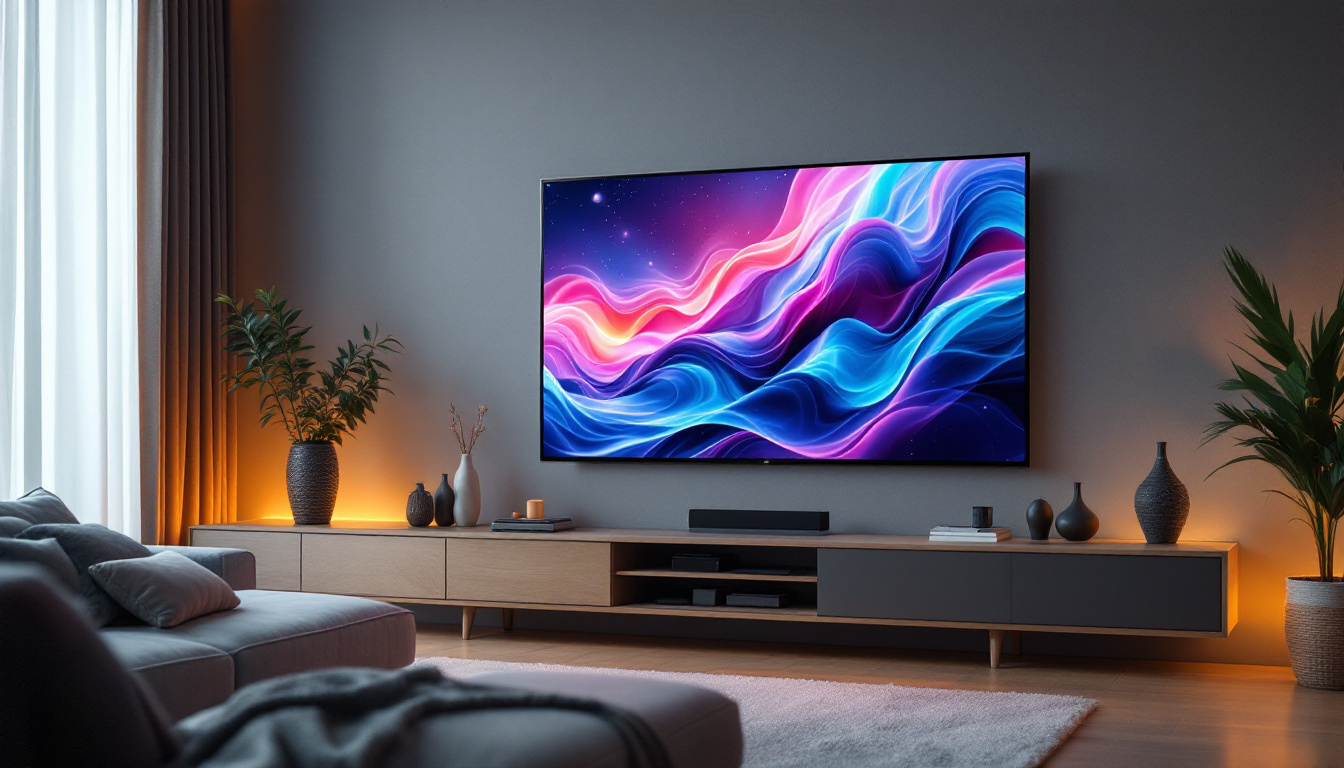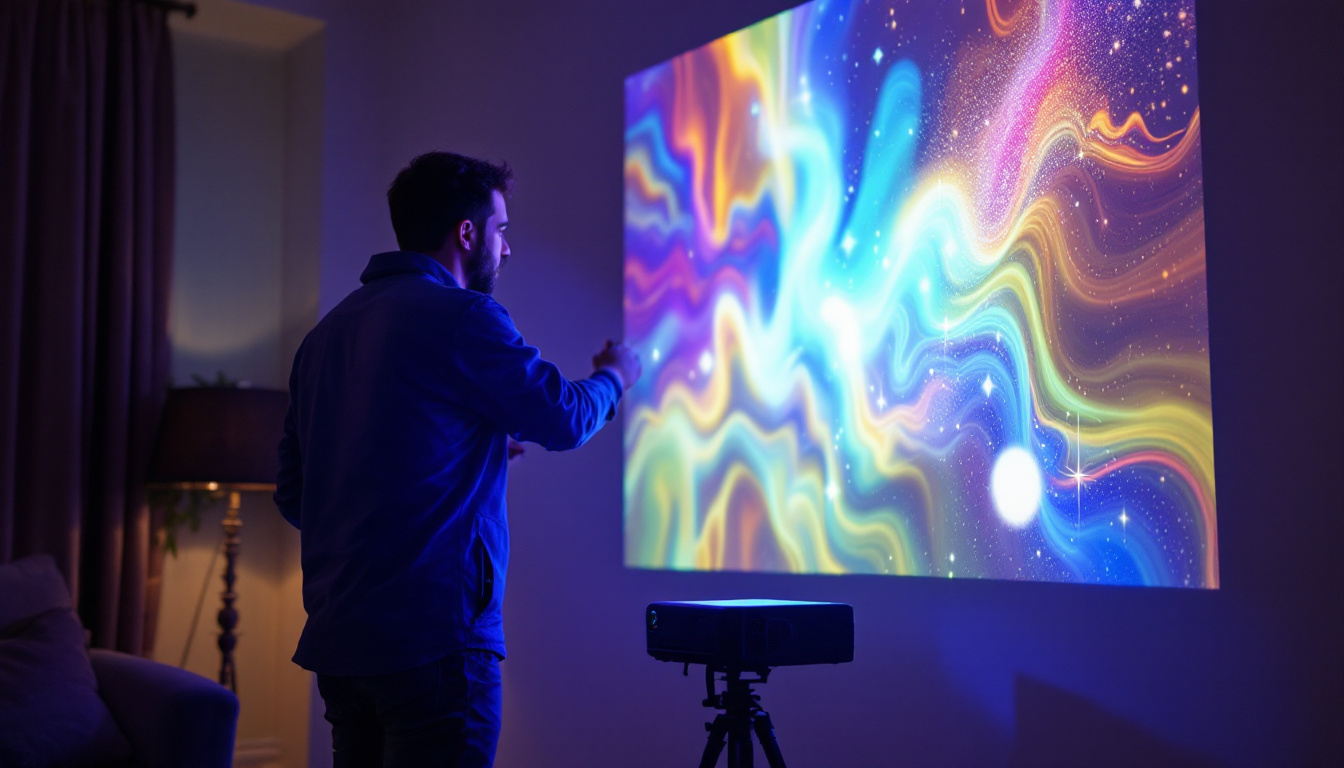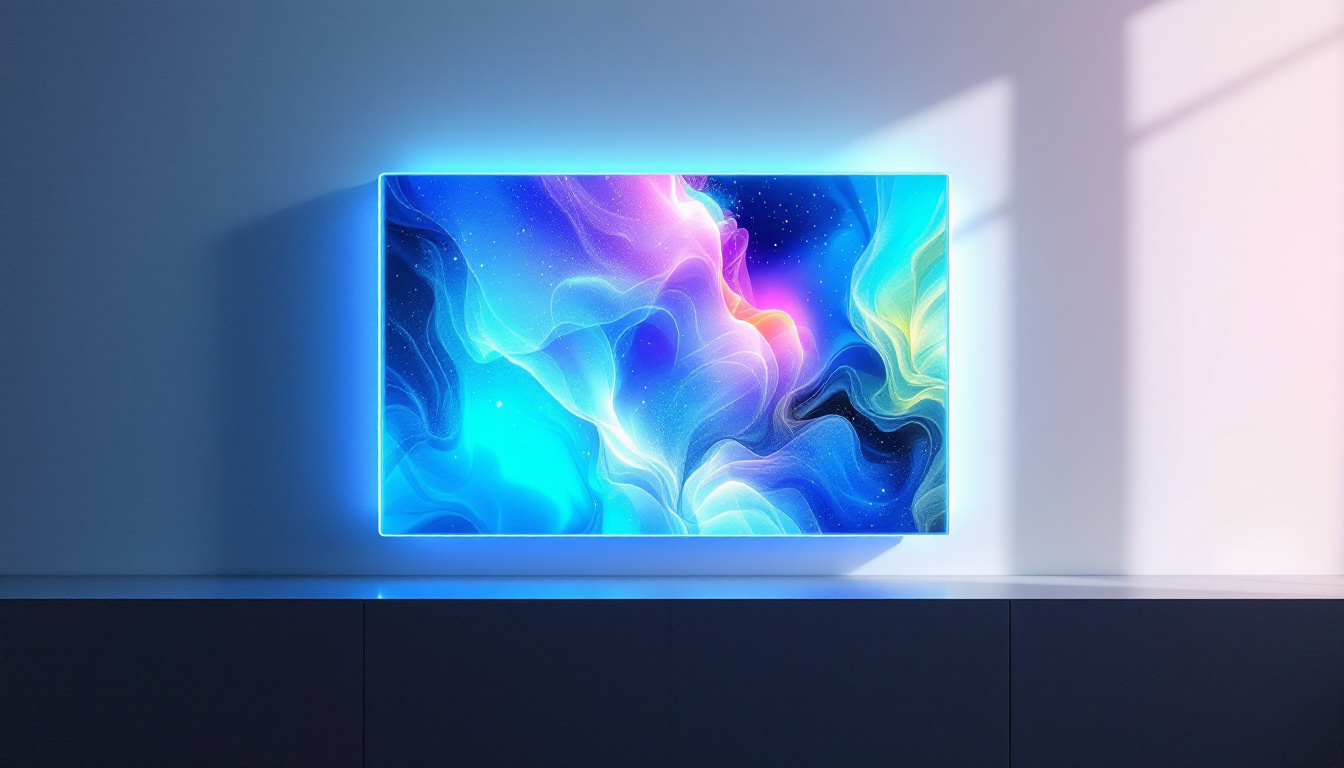Plasma TVs For Sale: LED Display Explained
In the ever-evolving world of television technology, consumers often find themselves at a crossroads when choosing the right display for their home. While plasma TVs were once the go-to choice for many, the rise of LED technology has transformed the landscape. This article delves into the details of LED displays, comparing them to plasma TVs and exploring the options available for those looking to purchase a new television.
Understanding LED Technology
LED, or Light Emitting Diode, technology has become a popular choice for modern televisions due to its energy efficiency, slim design, and vibrant picture quality. Unlike traditional LCD TVs that use fluorescent backlighting, LED TVs utilize small diodes to produce light, resulting in improved brightness and color accuracy. This advancement has transformed the way we experience visual media, making it more immersive and enjoyable for viewers across various platforms.
How LED Displays Work
LED displays function by using a grid of tiny diodes that emit light when an electric current passes through them. These diodes can be arranged in various configurations, such as edge-lit or full-array, which affects the overall picture quality. Edge-lit LED TVs have diodes positioned along the edges of the screen, while full-array models feature a grid of diodes behind the entire panel, allowing for better local dimming and contrast ratios. This arrangement not only enhances the brightness but also contributes to a more uniform light distribution across the screen.
This technology allows for deeper blacks and brighter whites, enhancing the viewing experience, especially in dark scenes. The ability to control individual zones of brightness means that LED TVs can deliver a more dynamic range of colors, making them ideal for watching movies, sports, or playing video games. Furthermore, advancements in HDR (High Dynamic Range) technology have further elevated LED displays, allowing for a broader spectrum of colors and improved detail in both shadows and highlights, which is particularly noticeable in visually rich content.
Benefits of LED Displays
One of the most significant advantages of LED displays is their energy efficiency. Compared to plasma TVs, which consume more power due to their technology, LED TVs can operate at a fraction of the energy cost. This makes them not only environmentally friendly but also cost-effective in the long run. The reduced energy consumption is a compelling reason for consumers to make the switch, particularly as awareness of environmental issues grows.
Another benefit is their slim profile. LED TVs are generally much thinner than plasma models, allowing for more flexible mounting options and a sleeker aesthetic in any living space. This slim design has led to the rise of ultra-thin models that can be mounted flush against walls, creating a modern and sophisticated look. Additionally, LED technology has improved significantly over the years, leading to better color reproduction and faster response times, making them a favorite among gamers and movie enthusiasts alike. With features like low input lag and high refresh rates, LED TVs cater to the demands of competitive gaming, ensuring that players have the edge they need for a seamless experience. As technology continues to evolve, the future of LED displays promises even more exciting innovations, such as enhanced smart features and integration with home automation systems, further enriching the viewer’s experience.
Comparing Plasma and LED TVs
While LED technology has taken the lead in the television market, plasma TVs still have their loyal following. Understanding the differences between these two technologies can help consumers make an informed decision when purchasing a new television.
Picture Quality
Plasma TVs are known for their exceptional color accuracy and deep blacks, thanks to the way they produce images. Each pixel in a plasma display is made up of gas that emits light when energized, allowing for stunning visuals with a wide viewing angle. However, LED technology has made significant strides in recent years, with many high-end models now rivaling plasma displays in terms of picture quality.
Despite this, plasma TVs can suffer from issues like burn-in, where static images can leave a permanent mark on the screen. LED displays, on the other hand, do not have this problem, making them a safer choice for varied viewing habits. Moreover, the advancements in LED technology, such as local dimming and quantum dot enhancements, have allowed manufacturers to produce displays that not only achieve impressive brightness levels but also maintain a high level of contrast, further closing the gap with plasma’s renowned performance.
Longevity and Durability
When it comes to longevity, LED TVs generally have a longer lifespan compared to plasma TVs. While plasma screens can start to lose brightness over time, LED displays maintain their performance for years, often exceeding 50,000 hours of usage. This durability makes LED TVs a more reliable option for consumers looking for a long-term investment.
Additionally, LED TVs are less prone to screen burn-in and other issues that can plague plasma displays, further enhancing their appeal for everyday use. The lightweight and slim design of LED TVs also contributes to their durability; they are less susceptible to damage from accidental bumps or falls. Furthermore, the energy efficiency of LED technology not only reduces electricity bills but also minimizes heat output, which can be a contributing factor to the longevity of the device. As a result, for those who prioritize a low-maintenance viewing experience, LED TVs present a compelling option.
Choosing the Right LED TV
With a plethora of options available on the market, selecting the right LED TV can be overwhelming. Several factors should be considered to ensure the best choice for individual needs and preferences.
Screen Size and Resolution
One of the first considerations when purchasing an LED TV is the screen size. The ideal size often depends on the viewing distance and the room’s dimensions. A general rule of thumb is to sit at a distance that is 1.5 to 2.5 times the diagonal size of the screen for optimal viewing.
Resolution is another critical factor. Most modern LED TVs come in at least Full HD (1080p), with many offering 4K Ultra HD (2160p) options. 4K TVs provide four times the resolution of 1080p, resulting in sharper images and a more immersive viewing experience. For those looking to future-proof their purchase, opting for a 4K model is advisable.
Smart Features and Connectivity
Today’s LED TVs often come equipped with smart features, allowing users to stream content directly from popular platforms such as Netflix, Hulu, and Amazon Prime Video. These smart TVs typically include built-in Wi-Fi and various apps, enhancing the overall entertainment experience.
Connectivity options are also essential. Look for models with multiple HDMI ports, USB inputs, and compatibility with devices such as soundbars and gaming consoles. This flexibility ensures that the TV can accommodate various devices, making it a versatile addition to any home entertainment setup.
Where to Find Plasma TVs for Sale
While plasma TVs are becoming increasingly rare in the market, there are still options available for those who prefer this technology. Various retailers, both online and in-store, offer a selection of plasma TVs for sale, often at discounted prices due to their declining popularity.
Online Retailers
Online platforms such as Amazon, eBay, and specialized electronics websites often have listings for new and refurbished plasma TVs. Shopping online can provide access to a broader range of models and prices, allowing consumers to compare features and find the best deal.
Additionally, online reviews and ratings can offer valuable insights into the performance and reliability of specific plasma models, helping buyers make informed decisions.
Local Electronics Stores
For those who prefer to see the television in person before purchasing, local electronics stores may still carry plasma TVs, particularly in clearance sections. Visiting a store allows consumers to experience the picture quality firsthand and ask questions to knowledgeable staff.
Moreover, purchasing from a local retailer often comes with the added benefit of customer support and warranty options, providing peace of mind in case of any issues.
The Future of Television Technology
As technology continues to advance, the future of television displays is likely to evolve further. While LED technology currently dominates the market, innovations such as OLED (Organic Light Emitting Diode) and MicroLED are emerging as potential competitors.
OLED Technology
OLED displays offer many of the same benefits as plasma TVs, including superior color accuracy and deep blacks. Each pixel in an OLED screen emits its own light, eliminating the need for backlighting and allowing for thinner designs. This technology has gained traction among enthusiasts and is often considered the gold standard for picture quality.
However, OLED TVs can be more expensive than their LED counterparts, making them a consideration for those willing to invest in top-tier technology.
MicroLED Innovations
MicroLED technology is another exciting development in the world of displays. Similar to OLED, MicroLED uses tiny individual light-emitting diodes to create images. This technology promises to deliver the best of both worlds: the vibrant colors and deep blacks of OLED combined with the brightness and longevity of LED. As MicroLED becomes more widely available, it may redefine the standards for home entertainment displays.
Conclusion
In conclusion, while plasma TVs still hold a special place in the hearts of many, LED technology has firmly established itself as the preferred choice for most consumers. With their energy efficiency, slim designs, and vibrant picture quality, LED TVs offer a compelling option for anyone looking to upgrade their home entertainment system.
As the market continues to evolve, staying informed about the latest technologies and trends will empower consumers to make the best choices for their viewing needs. Whether considering a plasma TV or exploring the latest LED models, understanding the features and benefits of each technology is essential for a satisfying purchase.
Ultimately, the choice between plasma and LED will depend on individual preferences, viewing habits, and budget. With careful consideration and research, finding the perfect television for any home is within reach.
Discover the Future of LED Displays with LumenMatrix
Ready to experience the pinnacle of LED display technology? Look no further than LumenMatrix, a leader in innovative LED solutions. Whether you’re seeking to enhance your home entertainment or elevate your brand’s visibility, LumenMatrix offers a diverse range of products including Indoor and Outdoor LED Wall Displays, Vehicle LED Displays, and more. Embrace the future of visual communication and captivate your audience with LumenMatrix’s cutting-edge displays. Check out LumenMatrix LED Display Solutions today and transform your viewing experience.































